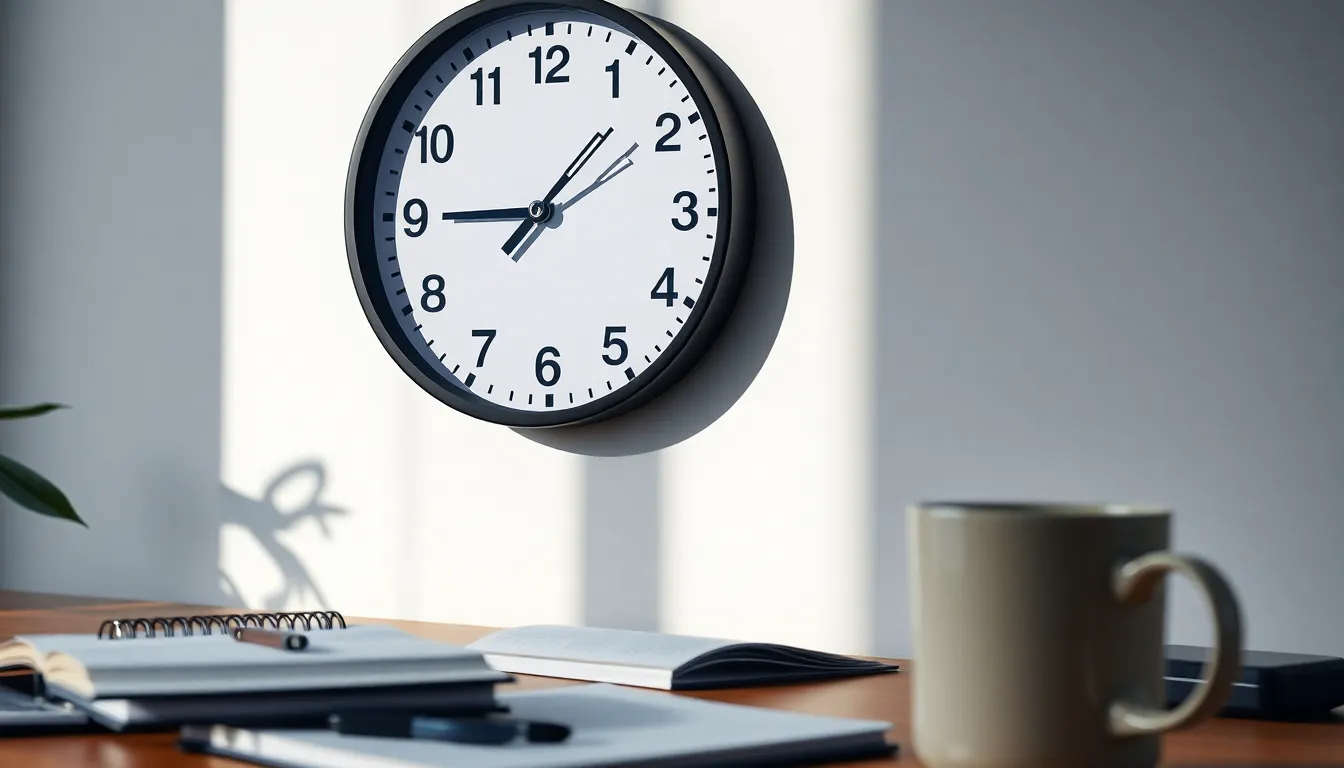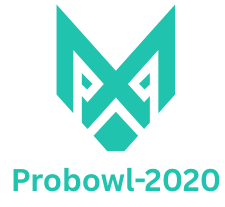Table of Contents
ToggleAs the clock ticks away, anticipation builds. Whether it’s the countdown to a meeting, a favorite TV show, or simply a well-deserved snack break, knowing how much longer until 3:05 can feel like an eternity. Time seems to stretch when you’re waiting, doesn’t it? But fear not! This article is here to help you master the art of time management and keep your sanity intact.
Understanding Time References
Time references create a framework for understanding how long someone has to wait. They help individuals gauge upcoming events and manage expectations. For instance, knowing the exact time until 3:05 p.m. allows for better planning.
Measuring time involves both analog and digital clocks, presenting time in hours and minutes. Clocks show 12-hour and 24-hour formats, each serving different contexts. Understanding these formats can reduce confusion, especially in scheduling.
Counting down until a specific moment focuses attention on what’s ahead. Individuals may use timers or alarms to keep track of time. Such tools reinforce awareness of the time remaining before an anticipated event.
Using phrases like “one hour until” or “30 minutes remaining” helps clarify the waiting experience. These descriptions assist in visualizing how much longer the wait lasts. They also create a sense of urgency, propelling individuals to use their time wisely.
Different situations may require different responses to time; for example, an approaching deadline evokes urgency, while leisure time feels relaxed. Understanding these nuances aids in adapting behavior based on the time reference.
Effective time management rests on recognizing these aspects of time. Being mindful of time frames enables individuals to approach waiting periods with strategies that maximize efficiency and productivity.
Exploring the Concept of Time

Understanding time management proves crucial in enhancing overall productivity. Effective strategies help individuals use their time wisely, especially during periods of waiting. Prioritizing tasks reduces stress and increases the likelihood of meeting deadlines successfully. One valuable technique includes breaking down projects into manageable segments to better allocate time. Setting clear goals aids in maintaining focus on what truly matters.
The Importance of Time Management
Time management remains essential for achieving personal and professional goals. It encourages individuals to make informed decisions about how to use their available hours. Establishing a routine allows for optimal efficiency and prevents procrastination. Adopting tools like calendars and task lists fosters accountability. These methods help track deadlines and commitments. Ultimately, mastering time management contributes to a balanced and fulfilling life.
Perception of Time in Daily Life
Time perception significantly influences daily experiences. People often find that time can stretch or compress based on activities and engagement levels. Anticipation can make moments drag, while engaging experiences tend to pass swiftly. The brain processes these variations through various activities, such as work or leisure. Different situations invoke diverse emotional responses to time, impacting how one feels about deadlines and waiting. Recognizing these perceptions helps in managing expectations and enhances patience during those inevitable waiting periods.
How Much Longer Until 3:05
Knowing how much longer until 3:05 helps manage expectations during a wait. Accurate calculations make the waiting experience less stressful.
Calculating Time Intervals
Calculating the time until 3:05 requires determining the current time first. For instance, if it’s 2:45, the remaining time is 20 minutes. He or she can reference the clock or use a timer for precision. Understanding the difference between hours and minutes aids in quick calculations. Recognizing changes in time formats, such as 12-hour versus 24-hour, ensures no confusion when converting time. Regular practice reinforces these skills, making future time calculations quicker.
Real-Life Applications of Time Calculation
Time calculations play a significant role in everyday life. Students might count down to class transitions or exams. Employees can count minutes until breaks or meetings start. Athletes often monitor time for training sessions or competitions. Effectively managing these intervals helps enhance focus and productivity. Using digital tools assists in tracking remaining time, allowing users to plan better. In social situations, knowing how long until events adds to the excitement. Understanding these applications fosters an improved approach to time management.
Practical Tips for Managing Time
Managing time effectively supports focus and productivity during waiting periods. Several techniques can enhance the efficient use of hours and minutes.
Techniques for Efficient Time Use
Breaking tasks into smaller segments boosts focus. Setting specific short-term goals helps individuals stay on track. Prioritizing tasks creates a clear structure, allowing people to address what matters most first. Establishing a countdown routine can provide motivation and encourage faster progress. Taking regular breaks enhances overall efficiency and creates a more enjoyable waiting experience. Consistently reviewing goals ensures alignment with priorities, fostering a proactive approach to time management.
Tools to Help Keep Track of Time
Digital timers and alarms offer significant support in managing time. Utilizing smartphone apps for countdowns simplifies tracking remaining hours and minutes. Calendar apps also help effectively plan and remind individuals of important events. Employing time management tools like todo lists increases accountability for tasks. Wearable devices can provide gentle reminders, promoting awareness of time, especially when waiting. Using simple methods like wall clocks or watch faces reduces confusion, ensuring clear visibility of the current time.
Waiting for a specific moment like 3:05 can evoke a mix of emotions from impatience to excitement. By understanding time management strategies and employing practical tools, individuals can transform these waiting periods into productive moments.
Recognizing the significance of time perception allows for a more balanced approach to anticipation. With effective techniques such as setting short-term goals and utilizing timers, waiting can become less stressful and more manageable.
Ultimately, mastering the art of time management not only enhances focus but also cultivates patience, leading to a more fulfilling daily experience.







